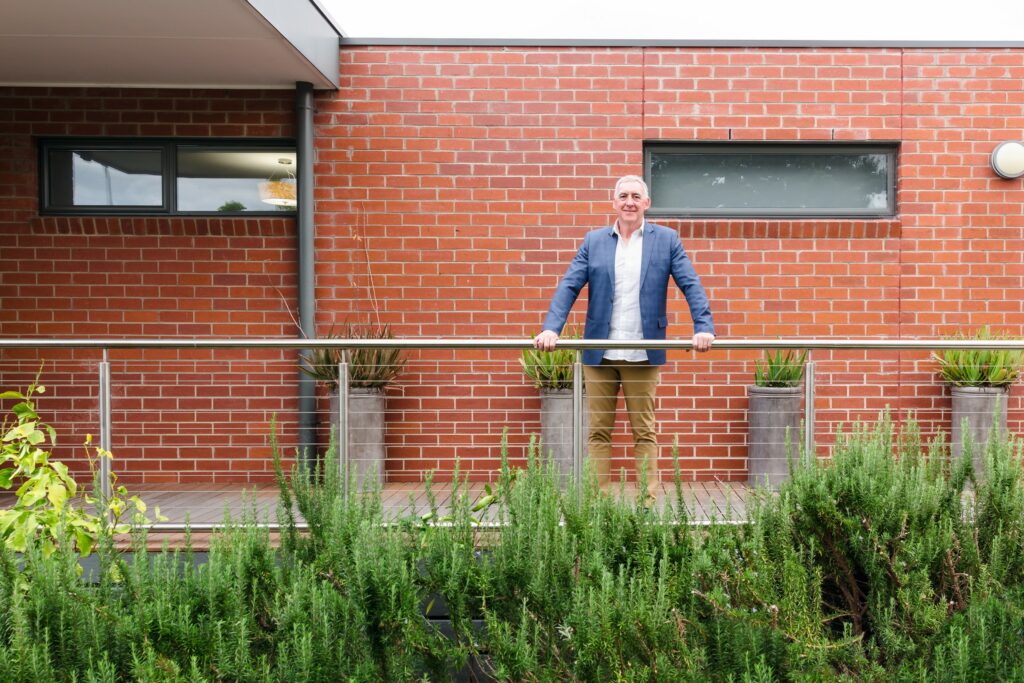Robert Claridge N.D.
Specialist Naturopath, Holistic Nutritionist, Herbalist, Homoeopath, R-System Specialist
Many of you know that I’ve been interested in Michel Poulain and Giovanni Mario Pes’s research on the Blue Zones since they first published their findings back in 2004. Following this Dan Buettner, from National Geographic, then published a book on the subject back in 2008 that has seen a term ‘Blue Zones’ popularised around the world.
Recently it has been pleasing to see that the new Netflix series ‘Live to 100: Secrets of the Blue Zones’ is providing another way for our community to learn about the secrets of those people in our world who live longer and healthier lives.

The Blue Zones are found in Okinawa (Japan), Sardinia (Italy), Nicoya (Costa Rica), Icaria (Greece), and Loma Linda (California, USA). They share common characteristics and lifestyle practices which can be summarised as following:
Plant-Based Diets: Blue Zone communities typically have diets that are predominantly plant-based. They often consume a variety of vegetables, fruits, legumes, and whole grains. The intake of meat, especially red meat, is usually limited.
Moderate Caloric Intake: People in Blue Zones tend to practice moderation when it comes to their overall caloric intake. They often stop eating when they are about 80% full, which can help prevent overeating.
Physical Activity: Regular, low-intensity physical activity is a common feature in Blue Zones. Daily activities such as walking, gardening, and manual labour contribute to the overall well-being of individuals in these communities.
Strong Social Connections: Social engagement and strong community ties are characteristic of Blue Zone regions. Supportive social networks and close-knit communities contribute to emotional well-being and a sense of belonging.
Sense of Purpose: Having a sense of purpose and a reason to wake up in the morning is a common trait in Blue Zone populations. This sense of purpose may come from family, work, or community involvement.
Stress Reduction Practices: Many Blue Zone residents incorporate stress-reducing practices into their daily lives. This may include regular napping, prayer, or mindfulness activities that help manage stress levels.
Moderate Alcohol Consumption: In some Blue Zones, moderate and regular alcohol consumption, particularly of wine, is observed. However, excessive alcohol intake is not a common practice.
Strong Family Values: Family is often a central focus in Blue Zone cultures. Multi-generational living arrangements and a strong support system from family members contribute to the overall well-being of individuals.
It’s important to note that the concept of ‘Blue Zones’ is a generalisation, and provides observations and correlations where causation is not always clear-cut. However, despite this, all of the characteristics are ‘high benefit-low risk’ and from the important filters of ‘making sense’ and ‘feeling right’ they pass with flying colours. From a naturopathic perspective they are many of the key lifestyle tenets that we were taught at university and passionately teach every day in our practices.
I believe, if you want to be good at something it can be helpful to learn from people who are good at that something. The people living in the ‘Blue Zones’ are the best in the world at living long and healthy lives. For this reason, I think it’s all worth us taking note.
As we say goodbye to 2023 and welcome a new year of possibility, I believe we can use the findings of the ‘Blue Zones’ to help give momentum to our health journey. I personally, will be focusing on stress reduction strategies such as slow walks in nature, reflective rest and yin yoga during the festive break.
Is there a ‘Blue Zones’ area you can focus on so that your holiday period can renew rather than compromise you?’
Good luck and have fun,
Rob
